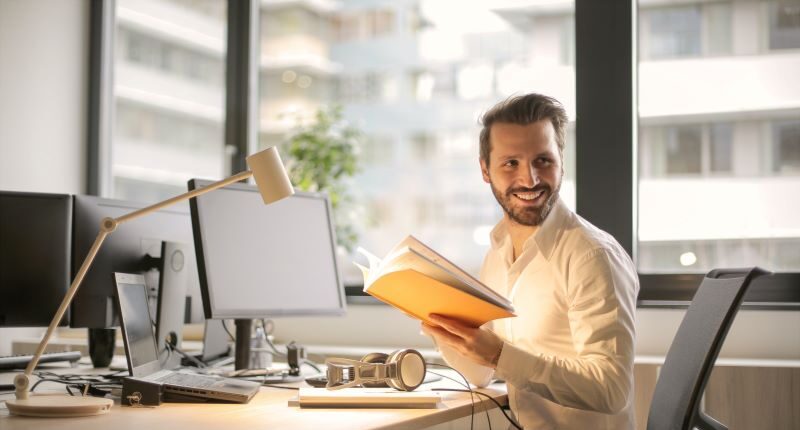- More than 1,000 Mirvac employees rotated through a hybrid workspace, resulting in a 40% uptake in employees returning to the office
- The experiment saw an uplift in productivity, with employees considering it a more productive environment than the traditional office
- During the study, while 95 per cent of desks were booked, 30 per cent were not occupied and desks were used for only 2.3 hours a day
Hybrid working environments, where employees are able to design and alter their office space, has led to more people returning to the office and a more productive environment.
Mirvac, one of Australia’s leading property developers, has released findings from its Adaptive Workplace pilot, revealing that flexible design is key to driving a successful hybrid working environment.
Over the course of six months, more than 1,000 Mirvac employees rotated through the space, resulting in a 40 per cent uptake in employees returning to the office.
The Adaptive Workplace pilot project allowed employees to curate their own office space, and as a result, 88 per cent of those surveyed reported high satisfaction levels.
Increased productivity
The experiment also saw an uplift in productivity, with employees considering it a more productive environment than the traditional office because of the opportunities to collaborate, coordinate a variety of work tasks, and learn from others.
These findings suggest that providing employees with the tools to shape their workspace may be key to attracting people back to the office and making hybrid working a success.
General Manager of Strategy and Customer for Mirvac’s Asset Management, Paul Edwards, said attracting people back to the workplace and delivering a successful hybrid working environment continues to be a big challenge for employers so having access to data-driven insights from the pilot has generated significant interest from customers and industry.
“Taking a scientific, evidence-based approach to the design of the pilot, measurement of its usage and analysis of its results revealed some interesting differences between what employees think they want in the workplace and what their behaviours have proved they need or don’t need.”
“For example, our employees told us they needed desk space, but when we looked at the data, it was clear from their behaviours individual workstations weren’t utilised as much as expected. Learnings like this helped us redesign the workspace and delivered tangible outcomes, validated by real research, which our customers can now be confident about implementing in their workplaces as they undergo their own transformations.”
Utilisation data from the study also found that on busy days, while 95 per cent of desks were booked, 30 per cent were not occupied and on average, desks were used for only 2.3 hours a day.
Rather than adding more workstations, Mirvac’s response was to focus on educating employees about desk usage etiquette to discourage “camping” or leaving personal items on a desk while working elsewhere.
Flexible design
The office design also took advantage of flexibility, with frequent changes made in response to user feedback. Employees were provided with flexible furniture on wheels and wireless power and data sources, allowing them to easily reconfigure the space according to the task at hand.
This resulted in common space “hacks,” such as creating a horseshoe-shaped space with a table in the common area to facilitate collaboration and idea generation. Mirvac also introduced phone booths and additional Team and Collaboration Zones to address the ongoing issue of meeting room availability.
Mr Edwards said: “Our employees told us that changing just one piece of furniture changed the culture and dynamic of the whole floor. They also told us how much they value being in the office to connect with their teams in person and how important it is to have the right spaces and technology available, so they can easily collaborate with colleagues working from home too.”








